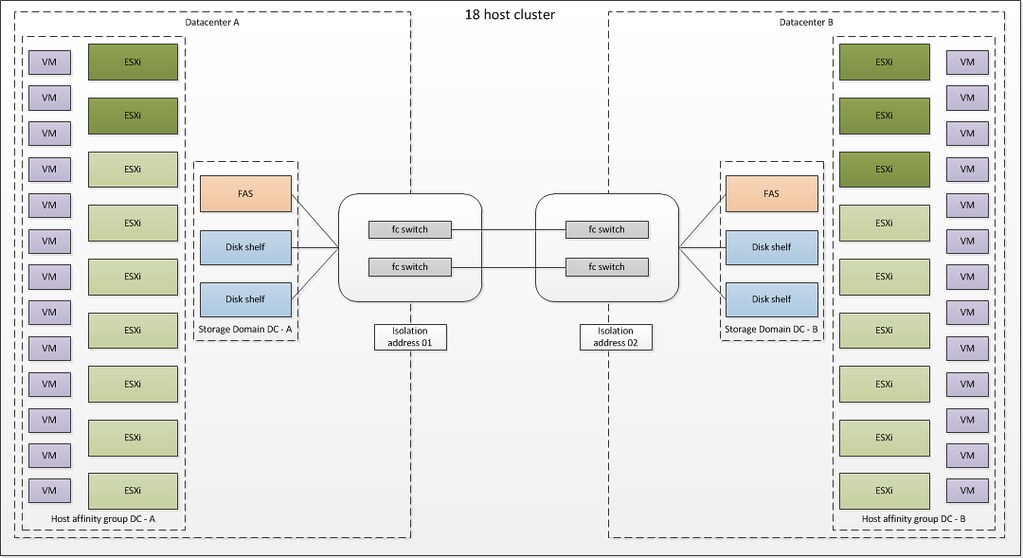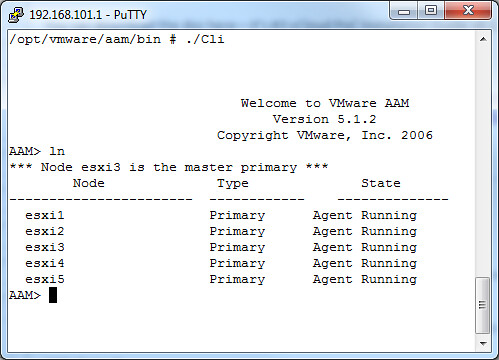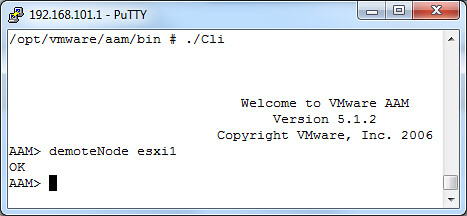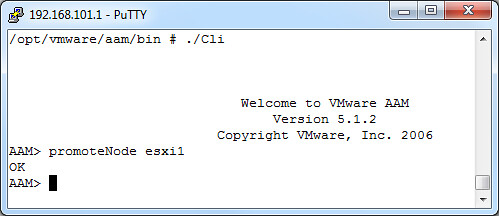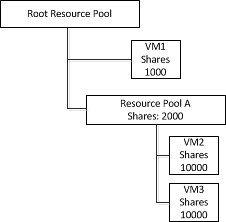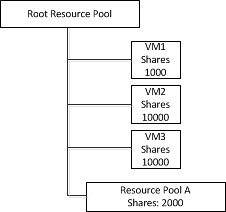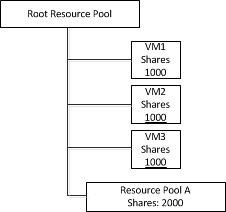- das.perHostConcurrentFailoversLimit
When multiple VMs are restarted on one host, up to 32 VMs will be powered on concurrently by default. This is to avoid resource contention on the host. This limit can be changed through the HA advanced option: das.perHostConcurrentFailoversLimit. Setting a larger value will allow more VMs to be restarted concurrently and might reduce the overall VM recovery time, but the average latency to recover individual VMs might increase. We recommend using the default value. - das.sensorPollingFreq
The das.sensorPollingFreq option controls the HA polling interval. HA polls the system periodically to update the cluster state with such information as how many VMs are powered on, and so on. The polling interval was 1 second in vSphere 4.0. A smaller value leads to faster VM power on, and a larger value leads to better scalability if a lot of concurrent power operations need to be performed in a large cluster. The default is 10 seconds in vSphere 4.1, and it can be set to a value between 1 and 30 seconds.
I want to note that I would not recommend changing these. There is a very good reason the defaults have been selected. Changing these can lead to instability, however when troubleshooting they might come in handy.
